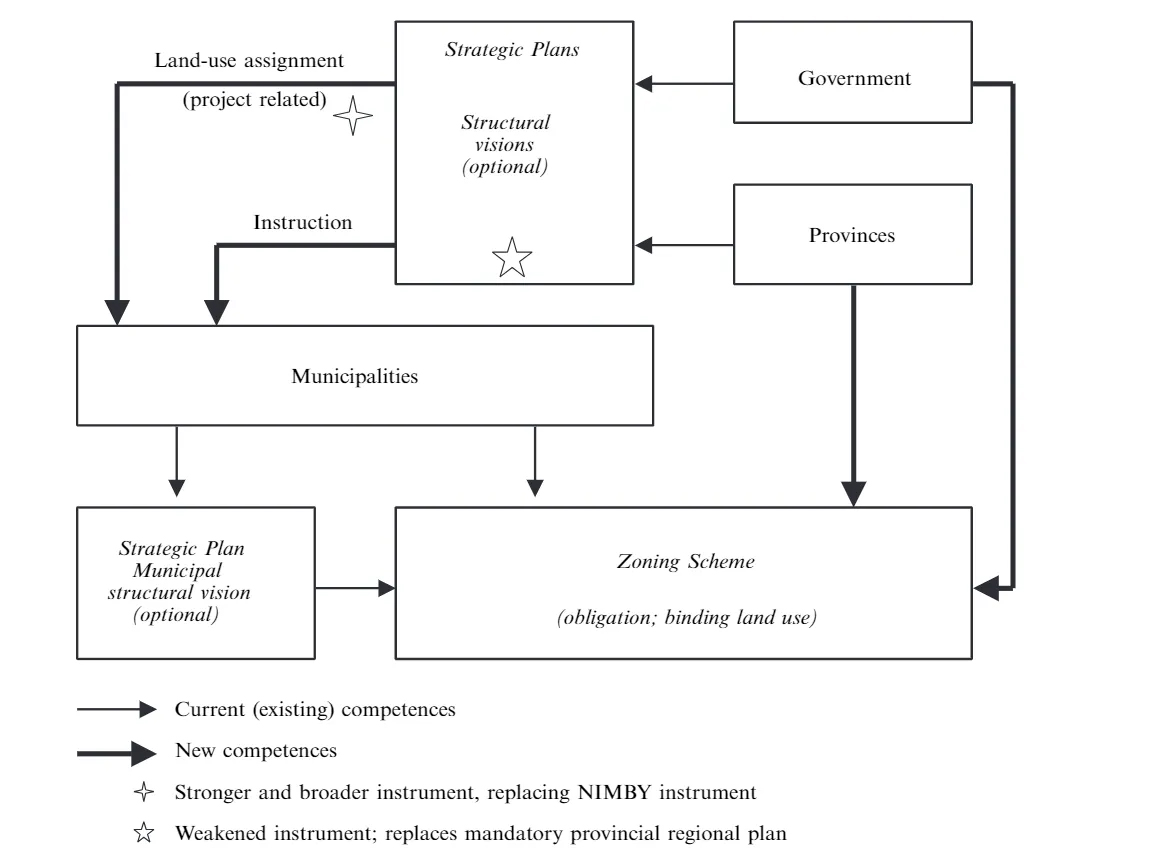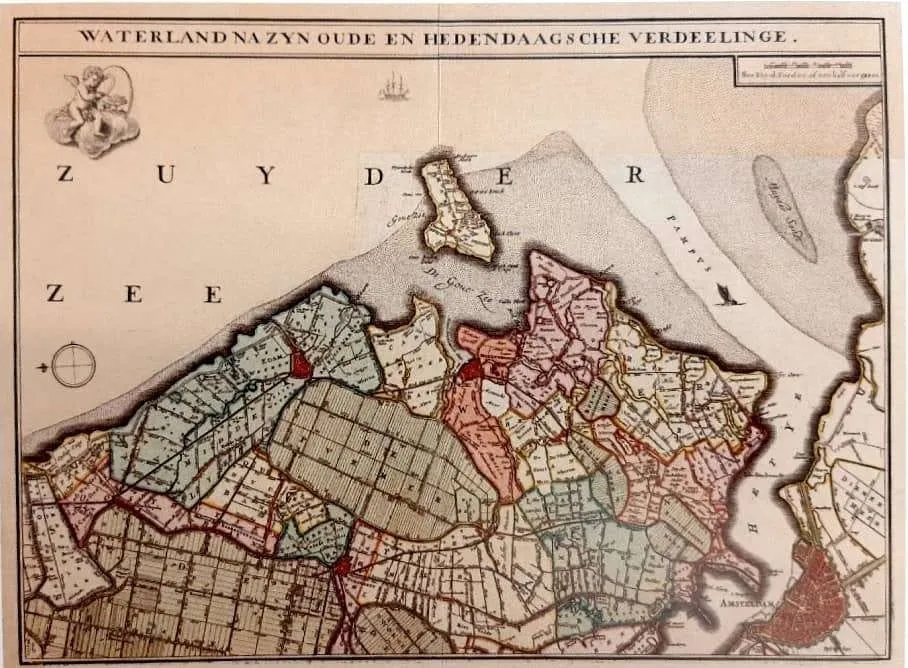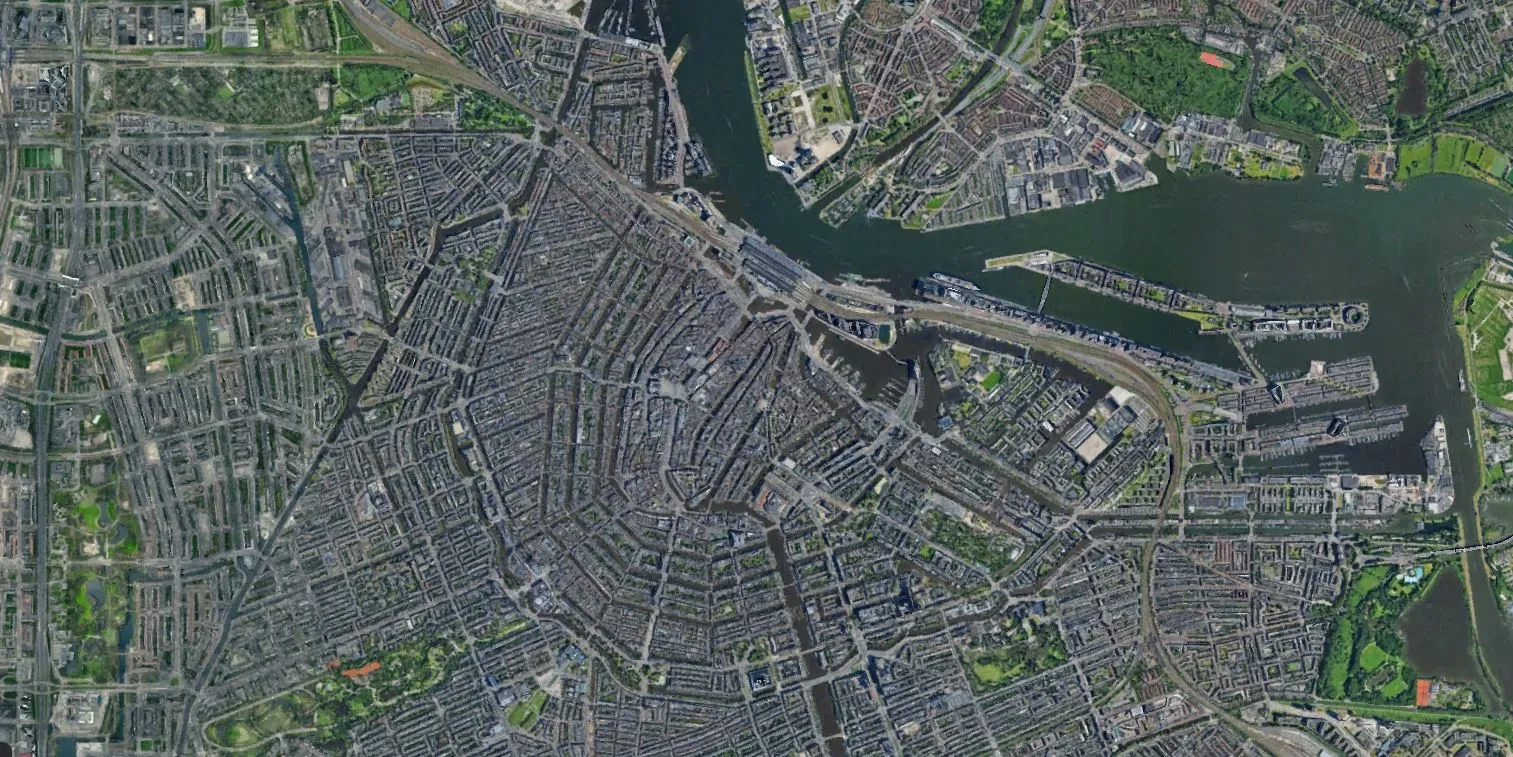Planning System of the Netherlands
There are 2 echoless in planning; one is the American system, and the other is the English system. Like the system in Turkey, the American system is a planning system in which everything is clear, such as densities and calculations in the zoning plan. However, in the English system, if an example is given through a Master plan, the division of labour is done by going parcel by parcel with a flexible understanding without going into too much detail. There are 2 main points. Managing from a Master plan and managing from application detail. Everything becomes very clear when it is managed from the details; architects, etc., are not given too much initiative. The planning process, negotiations, and licenses do not take too long. The municipality does the execution process when it is managed from the master plan. Since there is not much in detail, changes can be made by using initiative, and land use can be managed.
The system in the Netherlands is actually like a hybrid system, but generally, the initiative aspect is very high, and the public participation is very high. Everyone concerned has the right to object to the plan or any implementation. There is a 3-storey area in the zoning plan to give an example. When 3 floors are built, a person may object because I wouldn’t say I like the colour, it blocks my sun, the brick is not good, it spoils my view, etc. The municipality investigates whether this is reasonable. According to the objections, the decision is made by considering the aesthetic policies of that period. Sometimes it can be rejected, but it is usually accepted because municipalities value citizens. Even in court, judges favour spontaneous resolution of incomprehension. This is a cultural thing and can be called a culture of consensus. This system is persuasive and is an exaggerated democratic version of the hybrid version. It is hybrid planning of the British and American systems.

Figure 1: Direct and Indirect Components of Government and Provinces for Determining Land Use in the Proposed Spatial Planning Act.
To summarise, in the Dutch planning system, there is a master plan, a detailed plan, and a triple system realized with the public’s participation. The American system is considered as a municipality, the master plan expresses the vision set by the metropolitan municipalities determined at a larger scale, and the public has an opinion. This triple system can sometimes prolong the planning process. So, when public participation is high, does it turn into a negative state? It is important to have balance in planning. When there is a multi-democracy, and everyone has a voice, the processes of designing and implementing projects take a long time. That’s why it’s important to build unity. There are 3 basic things in environmental business; quality, cost and time. The financial situation may be perfect, and the quality is at the highest level, but time is something that cannot be bought. The public’s participation in the projects is, of course, an indicator of welfare.
How is a property defined in the Netherlands? Private property is always protected in the Netherlands under international law, but municipalities also have the right to expropriation. It can expropriate, but it gives its return to the person as market-defining property in the Netherlands. One of them leaves the implementation and manufacture to the investor/developer after drawing the entire zoning plan. After the project is over, those lands are transferred back to the municipality. The other method is like a condominium. For example, there is a hectare of land, and that land has a developer. The developer buys the land as raw, installations are laid, roads are passed, and the plots are sold. Landowners also own the apartment and roads in proportion to their shares. For this reason, they pay the cost of maintenance and repair of roads every year. This is an old method and is not preferred because it increases the cost of real estate. The other method is if the municipality wants to do a project in an area, it makes its own investment but takes the cost from the landowner. Another method is that the municipality both buys the land, does the whole project itself, and sells it back at a higher cost. Or, it gives the right to build within the framework of the rules determined on the value of the land. The public interest is always above the personal benefit; this is the rule of law.
In addition, land ownership in metropolitan cities is also important. For example, land ownership is significant and never fully owned in city centres such as Amsterdam and Rotterdam. There is a usufruct right in the Netherlands. The landowner is the state or municipality and receives the rent. That means there is a bilateral control. On the one hand, it is controlled by the zoning plan; on the other hand, it is controlled by the property.
So what is the Dutch understanding of urban planning based on? The Netherlands is a geographically very isolated region. This success of the Netherlands is primarily due to its geographical location and then its economic development. In other words, it is based on an economic, geographical and cultural phenomenon. The Netherlands, where there is a lot of economic investment, has a culture that has been formed and settled for centuries. Cultural development, perception and pleasure, and the high level of welfare of the society also played a major role in the formation and development of the understanding of urban planning. With the scarcity of economic problems, the social orientation towards art and social issues has increased. The transfer of heritage, money, culture, and knowledge still continues in the Netherlands and has been very important in establishing the culture and ensuring continuity. It is essential to maintain continuity and reach this level economically and culturally. Socio-economic development determines the level of pavement in the environment where people live. For example, the construction phase of a road in the Netherlands is crucial. Every detail of the road’s colour, quality, material etc., is given importance, and both time and money are wasted.

Figure 2: Historische Streek Atlas NL- OBA – Saadet Gökmen Archive
References
SARIOĞLU, G. P. (2007). Hollanda’da Konut Politikaları ve İpotekli Kredi Sistemi.
Reportage with Ömer Çufadar (Director of Asset Management at Ballast Nedam) on Dutch Urban Planning
Figure 1: Wolsink, M. (2003). Reshaping the Dutch Planning System: a Learning Process?. Environment and Planning A, 35(4), 717.
